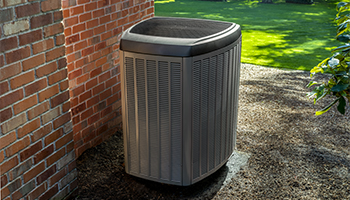
Temperatures during the spring can be all over the place. One day it’s 70 degrees outside, and the next day it’s 30. These wild shifts in weather can make heat pumps – which work much differently than boilers or furnaces – work harder than they need to.
As you know, in climates with mild winters, an air-source heat pump can operate at high efficiency all winter long. This can save money for the homeowner due to reduced energy costs. However, when the temperature drops below 40 degrees, generally an air-source heat pump will not operate as efficiently.
Here are a few ways that you can help customers with HVAC heat pumps save money heating their homes during the spring and fall seasons:
You can also add a back-up heating option for customers who rely too much on their heat pump. If temperatures are typically below 30 degrees, their heat pump may not be enough to keep the house warm.
One back-up option is electric heat strips inside the ducts that can turn on when needed and will add more heat to the flowing air. If your customer has a natural gas connection, they can add a natural gas furnace, which would be more efficient than electric strips but can be costly to install.
To aid in your service call, pick up a Job Link System Charge and Air Kit (JL3KH6). It helps you quickly and easily take a full system snapshot. You’ll know the pressures and temps right away. You can also use the Wireless Power Clamp meter (SC680) to troubleshoot electrical issues you may come across.
Hopefully these tips help you on your next service call and keep your customers’ HVAC heat pumps running strong.